GUEST BLOGGER CANDY WELLINS
Showing students how to add word play to their stories will help sharpen their writing skills. For this activity, we’re going to focus on writing animal stories using homophone pairs.
What are homophones?
Begin by reviewing (or introducing) homophones to your students. Homophones are two (or more) words that sound the same but have different meanings. (Spelling may or may not be the same.) You can give students a few examples (two, to, too) and ask them to share some they know. For this activity, you’ll only be focusing on animal homophones. You can make a large chart of ones together. Here is a list to get you started:
- Ant/aunt
- Bat/bat
- Bear/bare
- Be/bee
- Deer/dear
- Doe/dough
- Ewe/you
- Flea/flee
- Hare/hair
- Horse/hoarse
- Gnu/knew/new
- Gorilla/guerilla
- Grizzly/grisly
- Lamb/lam
- Moose/mousse
- Seal/seal
- Sole/soul
- Whale/wail
If it’s helpful, ask students to illustrate one or more of the homophone pairs or add definitions to both words.
Using a mentor text
Share my story A GEODUCK IS NOT A DUCK (Little Bigfoot, 2024) with students. Ask students to identify the homophone pair in the story. In the case of this book, a type of clam called a geoduck is confused with a gooey duck because the words are homophones. Ask students some of the following questions:
- As readers, how do we differentiate between the gooey duck and the geoduck when we see the text? (spelling)
- How does someone listening to the story differentiate between a gooey duck and a geoduck? (They can’t on the words alone. Context clues help.)
- What are the differences between a gooey duck and a geoduck? (Possible answers might be: 1. one is a bird and one is a clam. 2. One lives above ground and one lives below. 2. Crabs don’t eat gooey ducks, but they do eat geoducks.)
Drafting
Writing with homophone pairs can be challenging, but also extremely fun. Homophone pairs allow writers to have an instant conflict for their story as problems can easily arise when one homophone pair is confused with the other.
As a warm-up activity, present a homophone pair to the whole class (or small groups) and challenge them to brainstorm problems. Students can use this activity to help them choose a homophone pair to work with.
- What might a flea need to flee from?
- Can you imagine a bat playing baseball? What problems might arise?
- What sort of things would cause a whale to wail?
When writing A GEODUCK IS NOT A DUCK, I started by looking at similarities between gooey ducks and geoducks. To do this, I made a list of common characteristics of each. Your students may need to do a bit of research to accomplish this. Since students will be only writing about one animal, they may want to make a list of facts about their animals as well as a definition or examples of their homophone pair.
Once a list has been made, encourage students to look for a gateway (or commonality) into their story. For mine, I decided to have the action take place at the beach since both animals could be found there. Since geoducks are rarely seen on the beach, I dreamed up a missing persons story where a reporter goes looking for a character that cannot be found.
Writing homophone pair stories
Once students have an idea for where their animal story is going, have them write it down. Homophone stories can be told in a variety of different ways. I wrote A GEODUCK IS NOT A DUCK as a broadcast news story and wrote it as a script (like writing a play). Students could also choose to write newspaper articles, comics or poems.
Consider illustrations to clarify the word play
Since homophone pairs are nearly impossible to distinguish when read aloud, illustrations may be the key to helping other readers understand the story. Reread A GEODUCK IS NOT A DUCK and look at the illustrations closely. How do the pictures tell a different story from the words? What extra information is given to the reader through illustrations? Ask students to add illustrations to their own work to enhance understanding.

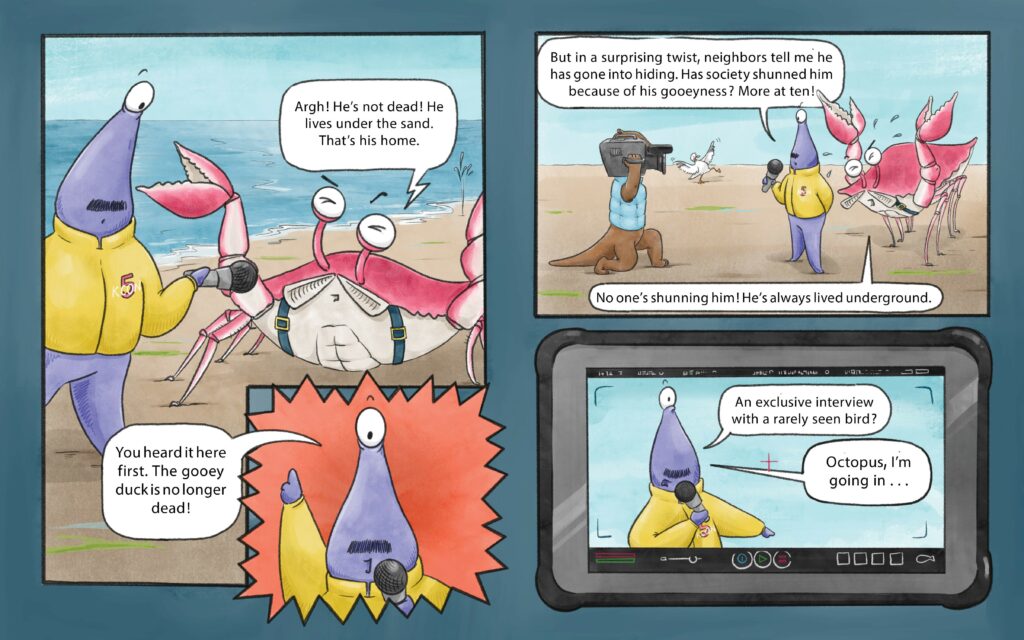
Publish and share
After students have finished their homophone pair stories, invite them to share their work with others. Do readers have a different experience when they hear the story versus when they read the words themselves?
Featured image text: “One homophone or two?” by magnuscanis is licensed under CC BY-NC-SA 2.0.
Candy Wellins is a lifelong writer and book lover. A former elementary school teacher, Candy has a BA in journalism and an M.Ed. in literacy education. She’s now a full-time mom to three wonderful children who keep her up-to-date and immersed in children’s literature. When she’s not reading, writing or mothering, Candy loves running, traveling and naps! Her debut picture book Saturdays Are for Stella was named a Kirkus Best Picture Book of 2020. Publishers Weekly called her debut picture book biography The Stars Beckoned: Edward White’s Amazing Walk in Space “an introduction to a space pioneer that’s ideal for the youngest readers.” She is also the author of Mabel’s Topsy-Turvy Homes and A Geoduck Is Not a Duck. You can follow her on Instagram @candywellins and on twitter @candy_wellins. Candy and her family live in Central Texas. candywellins.com




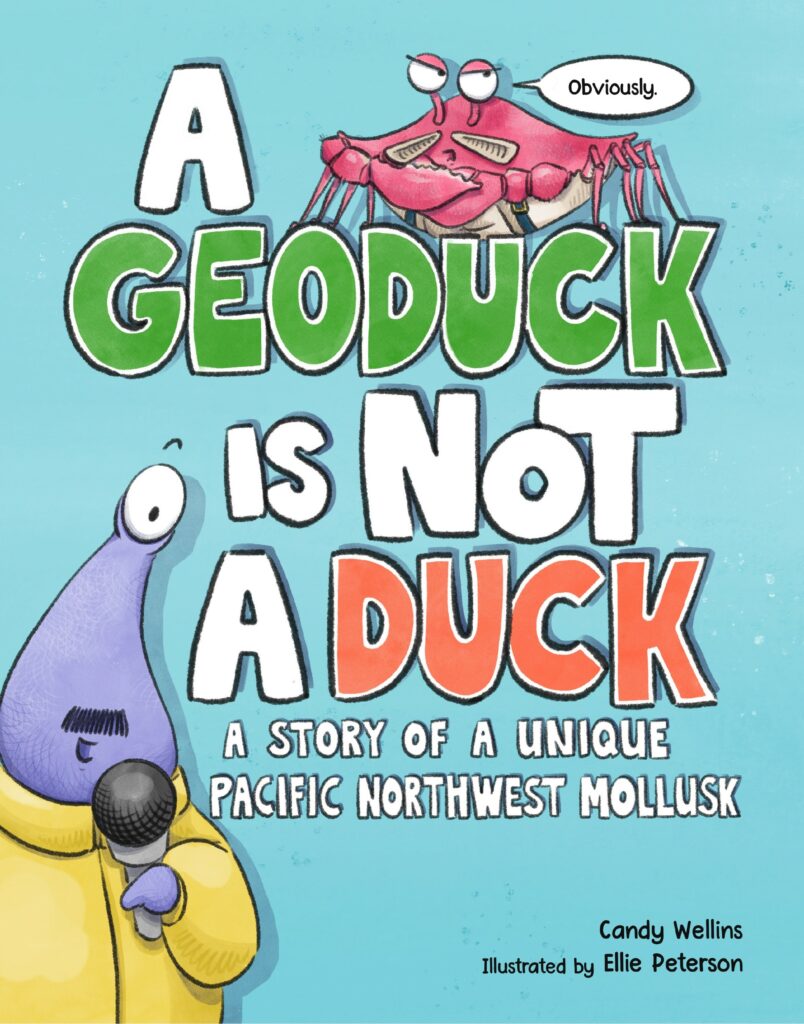
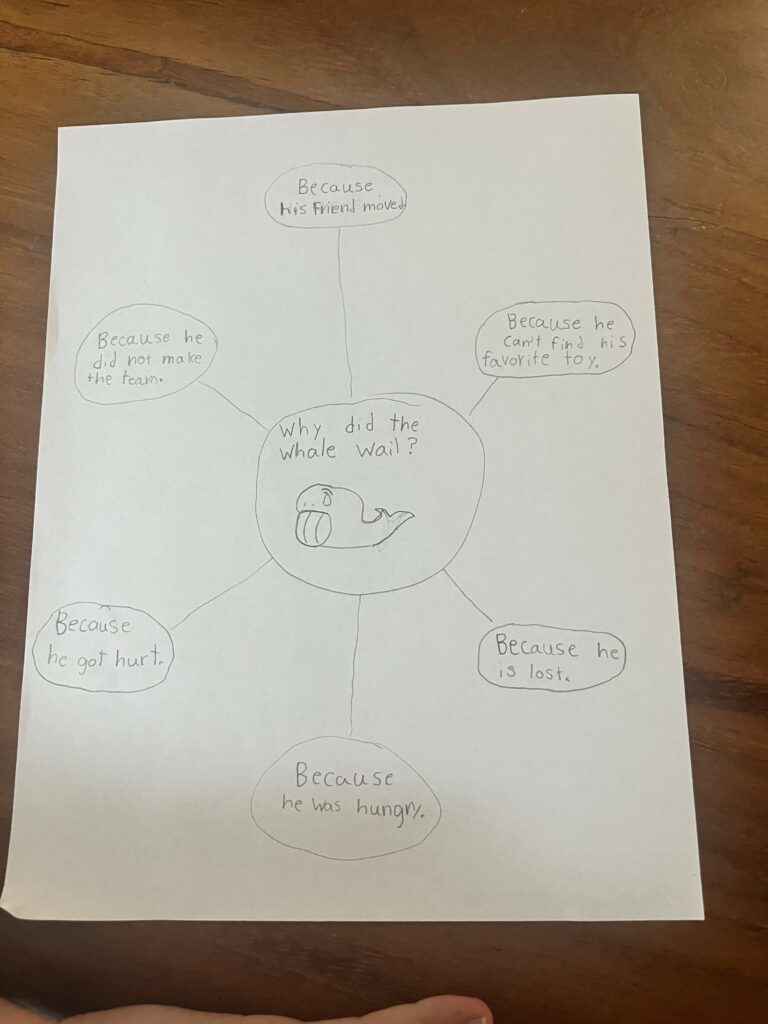


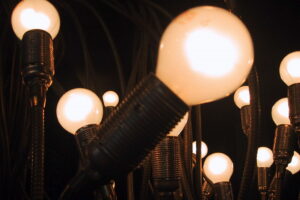
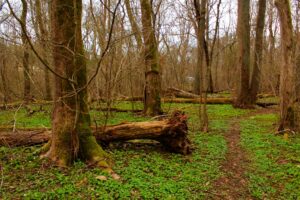


Leave a Reply
Your email is safe with me.